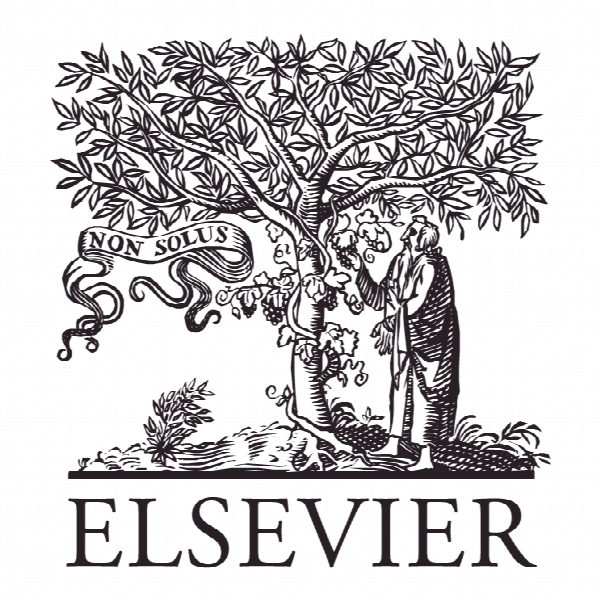مدیریت منابع سازمانی و انسانی و نوآوری: کدام نوع مدیریت با محصول و/یا فرایند نوآوری پیوستگی دارد؟ Organizational and human resource management and innovation: Which management practices are linked to product and/or process innovation?
- نوع فایل : کتاب
- زبان : انگلیسی
- ناشر : Elsevier
- چاپ و سال / کشور: 2018
توضیحات
رشته های مرتبط مدیریت
گرایش های مرتبط مدیریت منابع انسانی
مجله تدبیر پژوهش – Research Policy
دانشگاه Faculty of Commerce – Higashinakano – Hachioji-shi – Japan
منتشر شده در نشریه الزویر
کلمات کلیدی سازمان، مدیریت منابع انسانی، نوآوری، تحقیق و توسعه، نظرشنجی نوآوری، ژاپن
گرایش های مرتبط مدیریت منابع انسانی
مجله تدبیر پژوهش – Research Policy
دانشگاه Faculty of Commerce – Higashinakano – Hachioji-shi – Japan
منتشر شده در نشریه الزویر
کلمات کلیدی سازمان، مدیریت منابع انسانی، نوآوری، تحقیق و توسعه، نظرشنجی نوآوری، ژاپن
Description
1. Introduction Innovation has long been recognized as the most important source of economic development and firms’ growth (Schumpeter, 1934; Penrose, 1959). Consequently, how to boost innovation has been of central interest to both policy makers and entrepreneurs. In the academic field, market competition is considered to be an important determinant of firms’ incentive to innovate, and research examining the relationship between competition and innovation both from a theoretical and an empirical perspective spans back more than half a century (e.g., Arrow, 1962; Gilbert and Newbery, 1982; Cohen and Levin, 1989; Aghion et al., 2005; Vives, 2008). However, the degree of competition among firms in a particular product market is not necessarily the main or key factor determining the probability of innovation success. Teece (1996), for instance, argues that an important determinant of innovation is firm organization and that scholars need to understand the importance not only of market structure and the business environment but also of the formal and informal structures of firm organization. There is some quantitative evidence indicating that such organizational aspects indeed are important determinants of innovation inputs and output. For example, estimating patent production functions, Pakes and Griliches (1984) found that the magnitude of the coefficient on research and development (R & D) investment fell drastically when firm-specific effects are controlled for. Meanwhile, Scott (1984) found that firm fixed effects explained about 50% of the variance in R & D intensity. These results imply that there are unobserved firm-specific factors which greatly affect innovation activities. One possible explanation of the results is that firm-specific organizational practices play a role in determining firms’ innovation output and inputs. Against this background, the literature has increasingly focused on various features of organizations, including (1) the design of incentive systems; (2) firms’ ability to manage spillovers of knowledge; and (3) firms’ choice of organizational structure. However, although there is a burgeoning literature on organizational and human resource management issues (for a survey, see, e.g., Bloom and Van Reenen (2011), Laursen and Foss (2014), and Seeck and Diehl (2017)), most studies do not focus on management practices for R & D units or R & D personnel. Instead, they investigate, for example, the relationship between innovation and firm-wide management practices such as the role of teams, payment schemes, and training for workers overall, without specifically focusing on management practices with regard to researchers and/or research units.


